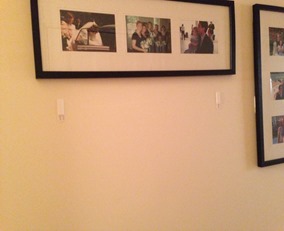The Saved Piece of Paper that Changed my Career
/Recently I was going through my own files to shed excess papers and projects that no longer fit my goals. I came across an article and wondered why I had kept it, until I noticed a note I’d written at the top: “This is the article that inspired me to become a professional organizer.”
The article was from a 1998 American Way, the American Airlines inflight magazine. Back then I managed volunteer teaching programs in Africa and Latin America. I spent a lot of time traveling on American Airlines back and forth from Boston to Miami, and sometimes on to Costa Rica and Ecuador.
This article was the first time I heard the term, "profesional organizer" and learned that it was a growing field. Although I loved my job something in this article spoke to me at the time, so I pulled it out an threw it in my “career” file.
I found that file and article years later, when I was a Product Manager for a large education company and was ready to move on. The article mentioned NAPO, the National Association of Professional Organizers. I joined NAPO, took courses, and realized helping others get organized (and love their homes again) was my passion.
Sometimes it pays to keep a piece of paper—if you know why it’s important. If you have a document that’s important or a piece of memorabilia, jot down the significance.
























